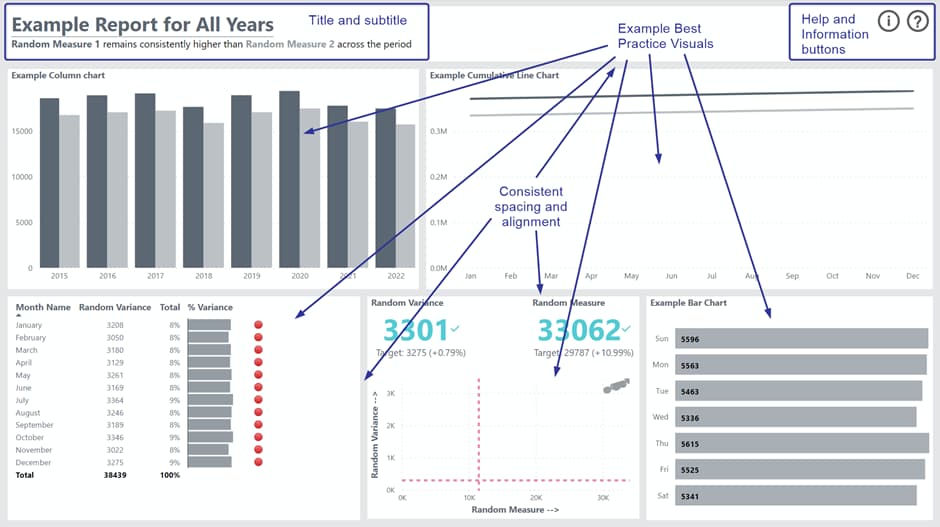How to benchmark what you are trying to achieve this year and measure against it
3 minute read
1 October 2023

Many data and analytics programs get started without putting in benchmarking to see how you are progressing. As a data program keeps building, the needs of the business change and as a data program isn’t like setting up a new out-of-the-box solution, with a specific go live point, it can be hard to keep touch and communicate on where you are at with the program of work and where you need to be going towards.
This then causes problems in driving conversations around success and in keeping project budgets open to further development.
Why benchmark
It allows you to:
- Improve business processes by using data to support business function and organisation strategy, is the goal of a good data program
- As such, it is a journey of leveraging data in the right way and not like a project with a defined start and a full close off point.
- Benchmarking is a key to a good data program because it allows the data program to clearly measure growth and success
The keys to measuring progress are:
- It needs to be meaningful for your organisation and programme of work
- You need to be able to capture where you are
- Progress needs to be easily documented
- It needs to be reportable to the stakeholders
- It should be adaptable to a change in direction
- Progress should then be understandable by the wider business
- If the progress isn’t happening, you need to be able to action from it
There are three types of initial benchmarking:
There are three general types of setting up benchmarking
- Program Wide Baselining
- Governance KPI’s
- Use Case Driven
These all have pros and cons
Program wide baselining
Pros
- Quick and easy to run
- Can be rerun at any time
- Easily displayed and communicated from
Cons
- More interpretive as it is up to the viewpoint of the people surveyed
- Is quite high level, so specific deliveries in the data program are less easily represented in this approach
Governance KPIs
Pros
- Can be the most granular
- Most easily communicated
- Adaptable to showcasing impact from tactics changing
Cons
- Can be difficult to capture
- Easily created to meet the data available but not the actual need of the KPI use case
Use Case Driven
Pros
- This information can be the most powerful form of benchmarking
- The stories captured will really be able to drive a successful long-term data program
Cons
- Needs a good person in the business unit who is aware of what is going on
- Needs their time and buy-in
Join us as we discuss how important it is to put some level of benchmarking in place for your organisation and how to go about it:
To make real progress, you need more than ambition - you need measurable benchmarks, clear tracking and a shared narrative for your data program. At Altis Consulting, we support organisations in laying the right foundation: defining meaningful baselines, choosing the right KPIs, and building the capability to monitor and communicate growth. Get in touch to discover how we can help you benchmark, measure and accelerate your analytics journey.
Topics
Written by
Regional Leader
Altis Consulting
Related insights
Share
Other insights

Contact us via the form on our website or connect with us on LinkedIn to explore the best solution for your business.



